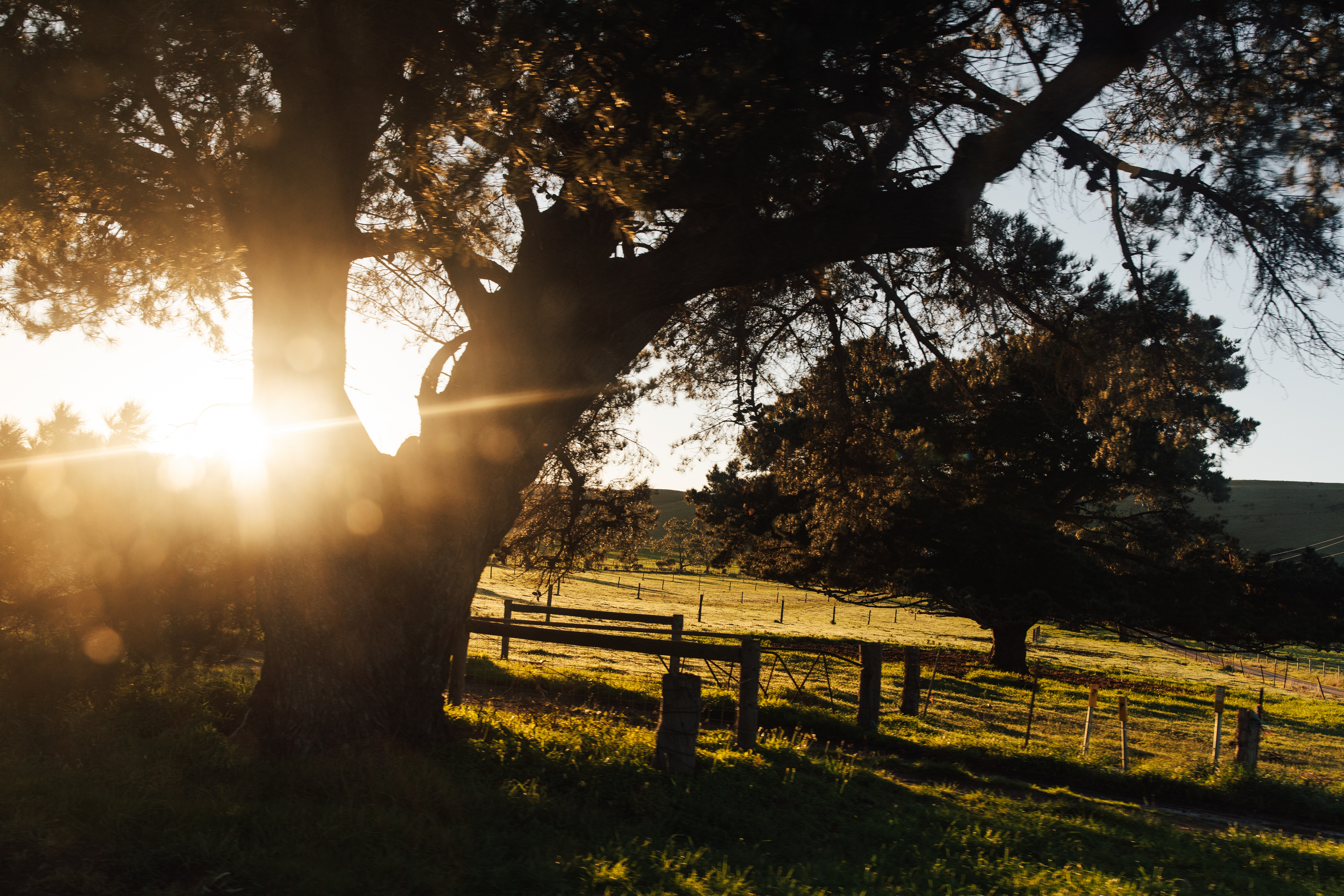
Traps to curb feral deer
Populations of feral deer have increased dramatically in areas of South Australia over the past few years and this has had a profound impact on agriculture, the environment and community safety.
The competition for pasture, soil erosion and degradation of creeks and riverbanks together with damage and loss of horticulture crops are just some of the issues associated with feral deer which have an impact on agricultural production.
Dry conditions have intensified the impact of feral deer as they frequently travel onto agricultural land looking for food and water, which results in damage to crops and pastures and the increased need to supplement feed for livestock.
Populations are also expanding and invading new areas due to insufficient control of existing feral deer herds, causing a severe biosecurity risk.
Currently, landholders are responsible for culling all feral deer on their properties under the Natural Resources Management Act 2004. Commercial harvesters can be engaged to organise deer culling on rural properties.
Control is often difficult due to time constraints, lack of firearm capacity, nocturnal deer movements and firearm safety concerns in peri-urban settings.
Livestock SA, in partnership with Parawa Agricultural Bureau, Ag Excellence Alliance and Primary Industries and Regions SA (PIRSA), has been successful in receiving funding to showcase large-scale deer traps to support more productive and sustainable agriculture practices.
The proposed project aims to educate landowners, landholder groups, regional NRM and Landcare groups by demonstrating the effectiveness and benefits of large-scale traps through best practice training workshops.
This project is supported by the Department of Agriculture, Water and the Environment, through funding from the Australian Government’s National Landcare Program.
This will build on the success of PIRSA’s deer control coordinator who will work with South Australian agricultural groups to support deer control efforts.
Traps are currently not used in South Australia. However, they have been shown to successfully trap deer in a confined area for efficient control.
Once feral deer are trapped, they can be confined to a particular area until removal is arranged rather than leaving the responsibility to landholders.
Traps increase control efficiency in densely vegetated areas where it is hard to locate deer and are a more humane and timely control option.
The new project will not only empower farming communities and promote community-based control of pest animals impacting productivity and sustainability, it will also reduce the impacts of illegal hunting and trespassing on private property.
Without the use of large-scale traps in the future, the destruction and farm biosecurity risks caused by feral deer will continue, while current control measures will continue to be inadequate and difficult.
More information regarding this program will soon be available on the Livestock SA website. For information regarding current feral deer control visit www.pir.sa.gov.au or contact PIRSA’s feral deer control coordinator.
– ANDREW CURTIS, Chief Executive Officer, Livestock SA
